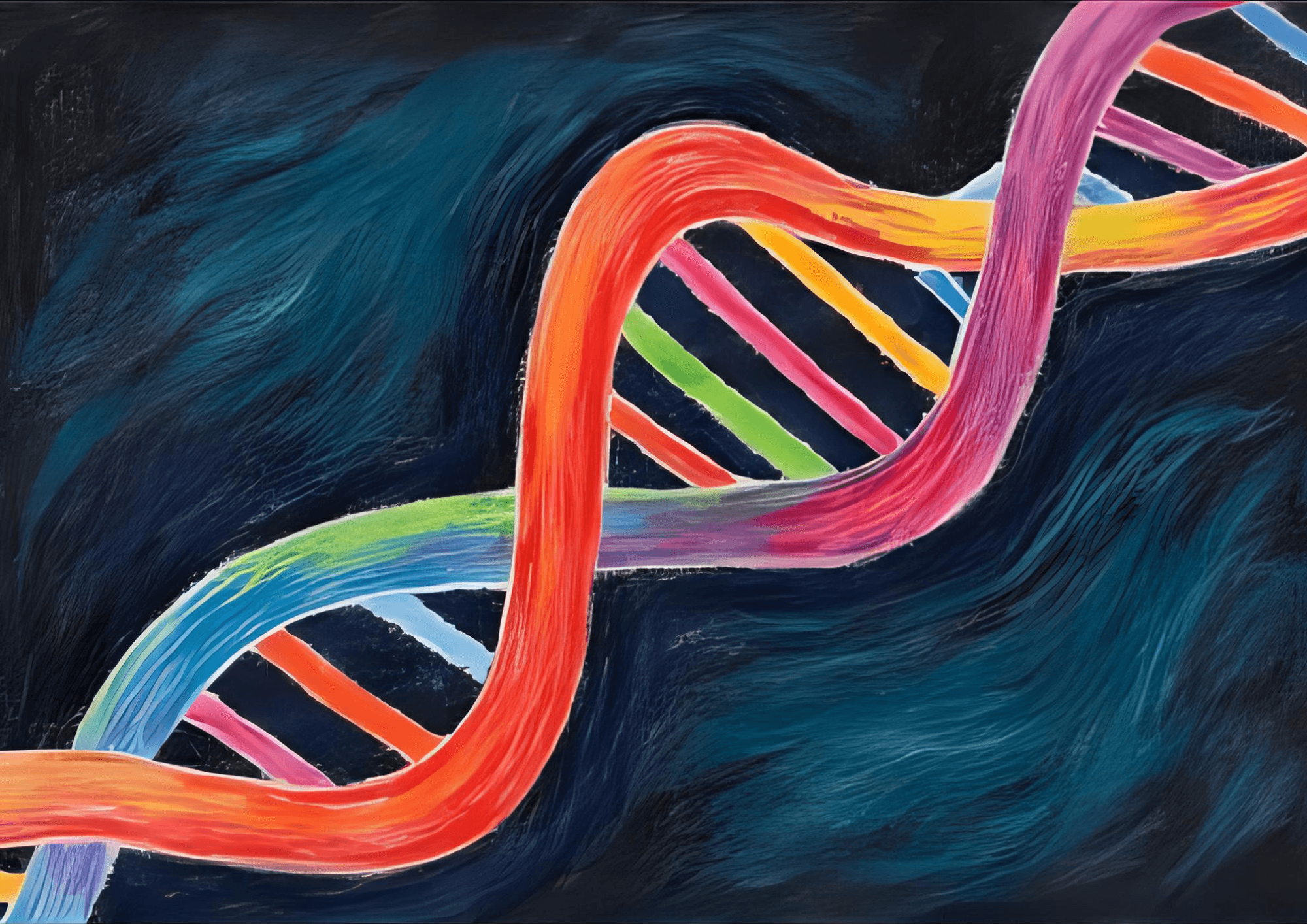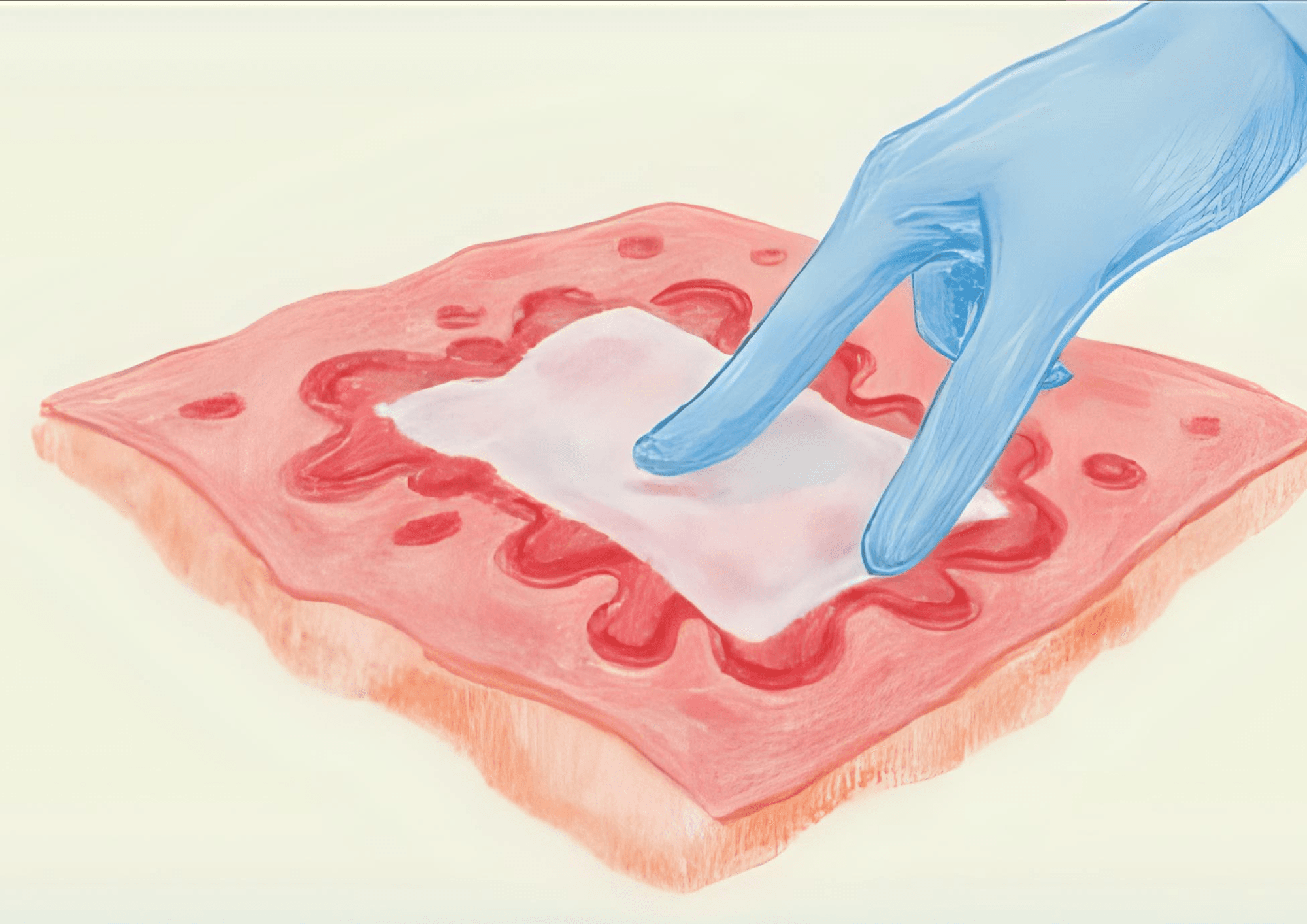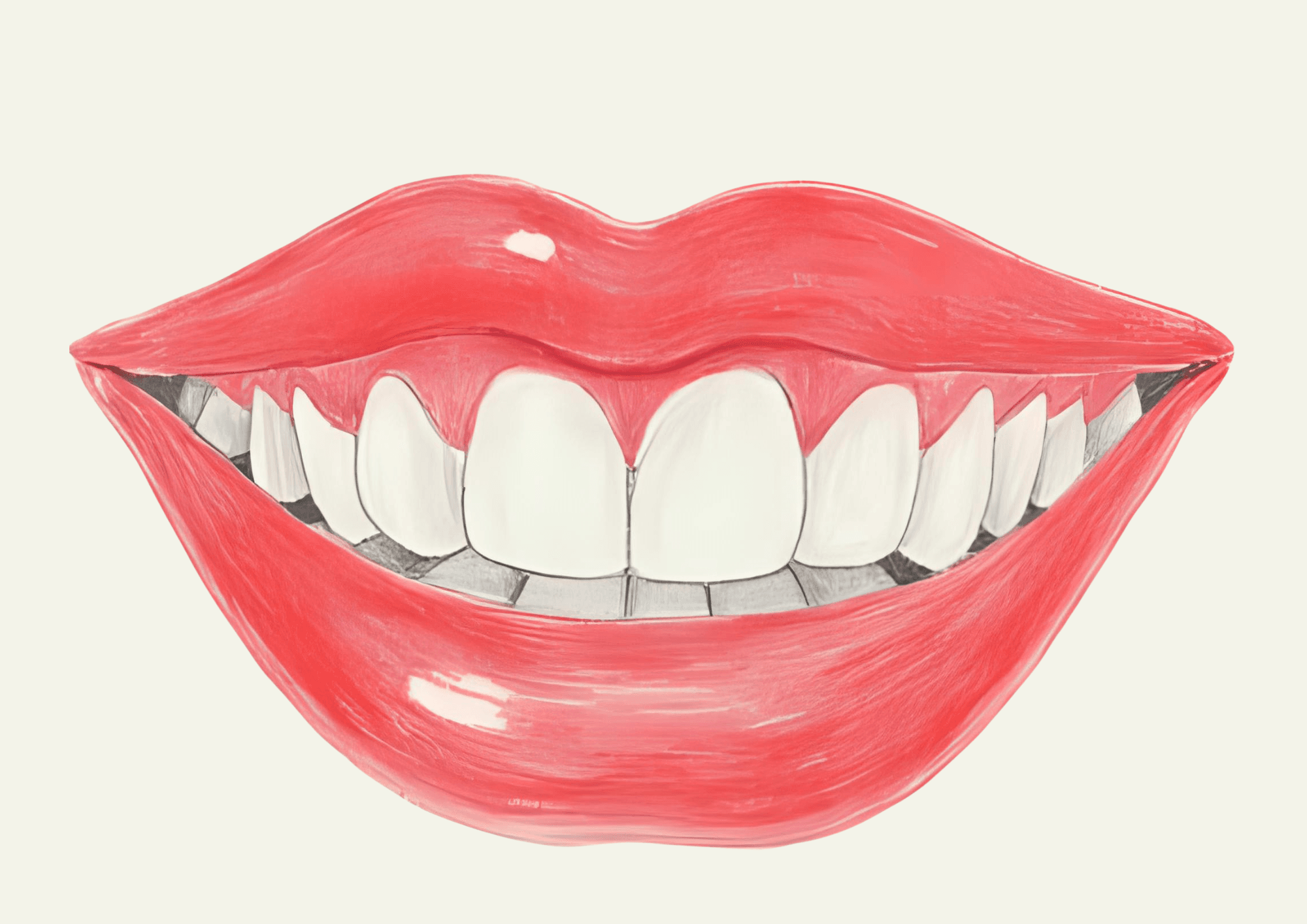16 Jun 2025
9 MIN READ
Living without plastic - Plastic has countless threats to your health
Each of us uses 21 kg of plastic in a year. Do we even give it a thought? Probably not. We use plastic in cups, cans, plates, and water bottles.
Plastic can take various shapes and sizes. Hence, we use and reuse them conveniently.
We carry fruits, vegetables in plastic bags. Cosmetics are available in plastic containers.
Plastic is in the air, dust, and water. As a result, doctors have found plastic inside our bodies.
China has one-sixth of the world’s population. It uses the maximum plastic items in the world. India produces plastic waste of 9.3 metric tons.
How was plastic invented?
After World War 2, the US government asked its scientists to develop a substitute for natural sources. They wanted to conserve inadequate resources.
The first plastic was Bakelite. Leo Baekeland invented it. It had no signs of natural fiber in it. Thus, he started the plastic revolution in 1907.
Why do we use plastic?
Have you ever wondered if plastic is artificial? It has links of polymers.
Polymers are a long chain of small units that repeat to develop plastic.
Plastic can be beaten into large pieces or pulled to create a string. It has many properties like:
-
Light to carry
-
Unbreakable
-
Durable
-
Needs fewer production charges
Plastic keeps the food fresh for a longer time. It reduces food waste. The population on Earth is increasing daily. So, it is necessary to optimize people’s food demands affordably.
Food production contributes 35% of greenhouse gases, and the same for plastic production is 4%.
What are microplastics?
Microplastics are the tiny broken or shattered pieces of plastic that roam around us. They have irregular shapes. They have a size from 1 micron to 5 mm. Plus, they are insoluble in water.
We are the final consumers of these microplastics. We may breathe or eat them unknowingly. They are present in
-
Rice
-
Tea
-
Salt
-
Sugar
-
Milk
-
Water in a plastic bottle
-
Seafood
Many plastic wastes are dumped in the oceans. Sea animals eat them innocently. We eat seafood, making a way for microplastics within us.
Indirectly, 3.8 million microplastics enter our bodies annually.
As these particles are too small, they move in our bloodstream and settle in our vital organs. The continuous buildup of these plastics creates a health imbalance.
How do takeouts cause microplastics to settle in our bodies?
We often take away food in plastic packets or containers. As the food is hot, it causes the plastic material to degrade. Consequently, microplastics break from the food packages, which is invisible to our naked eyes.
Single-use plastic containers often degrade when they come in contact with hot food. Eventually, they enter the food into our stomachs.
Finally, they do not digest like other materials and enter our bloodstream, reaching our essential organs.
Global food delivery is rising every day. Over 3 billion customers opted for online food buying. Pizza is the most popular food among youngsters.
Why are plastic items dangerous to us?
Plastic is an organic compound. It means it is made of nitrogen, hydrogen, sulphur, and carbon. Note that oxygen is not one of its constituents.
Plastic has other chemicals like:
-
Organophosphate - insecticide
-
Flame retardants - prevent fire spread
-
Phthalate substitutes - harm the environment
-
Bisphenol - polycarbonate plastics are used in food containers or water bottles
All the chemicals are toxic. Additionally, the carbon component is higher in plastic than in other materials. Hence, microorganisms fail to decompose them.
Plastic melts from 250 °C to 550 °C. Hence, it affects us and our environment.
Health impacts of plastic
As we are surrounded by plastic contents, it goes into our bodies through various means. Thus, our health shows the effects of plastic in the long run, as:
-
Hormonal imbalance
-
Disability
-
Premature death
-
Cancer development
-
Reproductive damage
-
Bowel disease
-
Rheumatoid arthritis
-
Brain impairment
-
Skin diseases
Health science researchers found microplastics in the human brain.
Men may lack reproductive capacity due to these.
Our hearts, livers, kidneys, brains, and even breast milk have tiny plastic pieces.
Microplastics can tear the blood vessels, heart muscles, and heart walls.
Likewise, they tear our lung tissues.
For instance, workers in plastic factories inhale microplastics. Hence, they have lower lung capacity and have lung problems.
Effects of plastic on our environment
Plastic needs over 1000 years to decompose. Waste plastic ends up in the ocean or the soil.
Marine beings get trapped in them or eat them. These plastics choke them to death.
They lower the nutrition level of the soil and poison the groundwater.
About 98% of single-use plastics are made of petrochemicals. The extraction of the materials emits carbon compounds. Thus, it is responsible for global warming.
A company working against plastic materials
Nestle is a market leader with its dairy products, infant food, beverages, and chocolates. Nestle omitted the single-use plastic packs. In 2021, it pioneered the use of recyclable paper packaging.
Some companies working in this direction are:
-
The Coca-Cola Company
-
PepsiCo
-
Unilever
-
Procter & Gamble
-
Danone
Which countries are making efforts to limit plastic use?
A scenario from a school on a parent’s day. They told the parents to make colorful drawings. The parents used 90% of the colors. When the children came in to draw, they had black or gray colors. They used it for their paintings.
This is a lot like our current situation. Just as the children did not have colors to paint, our future generations may have fewer resources if we do not make wise decisions.
The nations working against plastic waste are:
-
Peru
-
Canada
-
Columbia
-
Mexico
-
El Salvador
-
Uruguay
-
Switzerland
-
European Union
-
Moscow
Limiting plastic use
Furniture, computer hardware, electronic devices, and doors are made of plastic. How can we stay away from plastic items?
By using its substitutes, such as
-
Clay
-
Jute
-
Cotton
-
Ceramics
-
Bamboo
-
Wood
-
Beeswax wraps
-
Steel
These can be used to carry, store, shop, or drink. Metal straws are also available these days to replace plastic straws.
Small alternatives may create a significant change in our lives, like:
-
Do not use single-use plastics
-
Do not drink water from plastic bottles
-
Cook in metal pots
-
Stay away from takeaways
-
Opt for eco-friendly packaging
-
Choose natural fibers
-
Use glass plates for having meals
-
Recycle your plastic
Concluding thoughts
We are what we do. So, alter the plastic elements around us to secure yourself, animals, birds, and nature. It is a small step to begin. Like messages go viral, this initiation will also go viral worldwide. What will you do that ripples back to you?
-



